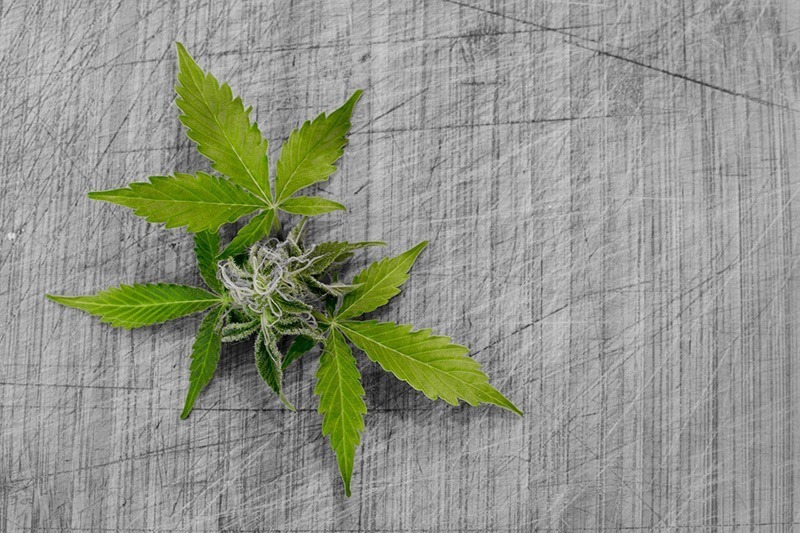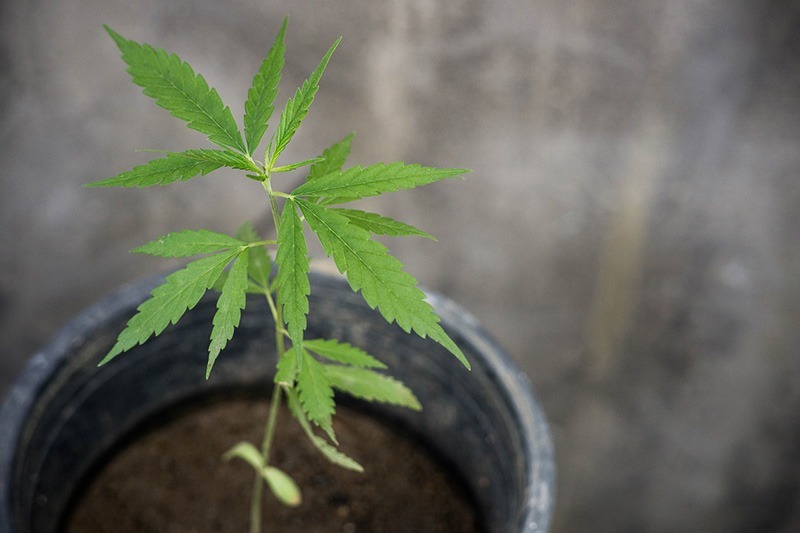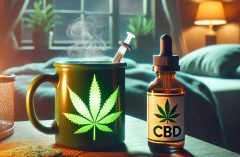Table of Contents
- 1 The science of color in your cannabis plants
- 2 Grow Weed with Colors in the Pistils
- 3 Calyx
- 4 Trichomes
- 5 Grow Weed (Cannabis) Color in Leaves
- 6 Various colored cannabis strains
- 7 Grow Weed for purple and blue strains
- 8
- 9 Red and pink strains
- 10 Orange and yellow strains
- 11 Grow Weed in the Black strains
- 12 Other ways to enhance bud colors
- 13 Further Reading:
People with little knowledge to grow weed (cannabis) frequently presume that it is mostly green. You may have heard of the rare strain with purple undertones, but as long as the genetics are correct, you may produce weed in several colors.
The science of color in your cannabis plants
Certain cannabis strains change color as they mature. What is the secret? Genetics. Anthocyanins are a flavonoid family made up of around 400 water-soluble color molecules. Depending on the strain and pH level, they might seem red, blue, purple, yellow or brown.
Parts of cannabis plants that have vibrant colors
There are four different parts of your cannabis plant that are capable of producing marvelous colors:
Grow Weed with Colors in the Pistils
Even though the buds and leaves remain green, the pistils, or hairs that protrude from the buds, frequently become orange, red, purple or pink. After drying, the buds retain some pistil colorings, and you can see some of the color peeking through beneath the buds.
Calyx
The calyxes form the buds. The buds in your hand are made up of hundreds of calyxes heaped on top of one another, and some or all can turn a color other than green. The calyxes are responsible for the majority of the color in your buds. For example, a few purple calyxes might produce a purple ‘tint.’ As you ground up such cannabis, the rainbow particles will be visible throughout the sample. Evidently, the more vivid the calyxes, the more brilliant the color of the bud.
Trichomes
Skilled farmers frequently use the trichome technique to identify when crops are ready for harvest. They use a magnifying glass to determine that a transparent trichome indicates the plant is not ripe. If the trichomes are milky white, the plant has reached its peak cannabinoid concentration and is ready for harvest. If the color turns to amber or yellow, you must harvest quickly. Trichomes can develop pink or purple in rare situations, making it difficult to know when to harvest. At this point, the pistil approach may be helpful.
Grow Weed (Cannabis) Color in Leaves
In certain strains, the buds remain green as the leaves change color. The result is a gorgeous plant, but because leaves are often trimmed after harvest, you will see little of the color on the buds. It is feasible for the buds to remain unchanged as the leaves become purple, for example. This might happen if your plants are exposed to low overnight temperatures. The leaves exposed to light become purple, but those in the shade do not.
Various colored cannabis strains
With a few exceptions, cannabis does not develop colors until later in the blooming period. When the green disappears, those colors might peek through. Temperature is important because lower temperatures hinder chlorophyll synthesis. Colors appear on cannabis depending on the strain’s heritage when the temperature drops and the light cycle shortens, emulating the change in season. A pH of 5.5-6.5 is good for cannabis cultivation. However, during blooming, you may lean one way or the other to increase or decrease certain anthocyanins, bringing forth specific colors.
Grow Weed for purple and blue strains
Various cannabis strains have different cannabinoid ratios, aroma characteristics, and anthocyanin levels. Purple is the most noticeable variety of green cannabis. Strains that easily generate this deep pigment include Purple Urkle, Grandaddy Purple, Purple Haze, and Purple Orangutan (some of the strongest blue and purple hues in the world).
Some strains have so many anthocyanins that you don’t need to lower the temperature to detect a difference. At the conclusion of its life cycle, the plant begins to shed chlorophyll naturally. Purple cannabis appears in more neutral pH settings. Also, Blue strains have higher pH values than other cannabis strains.
Red and pink strains
Red hairs are becoming more prevalent, although red buds and leaves are uncommon. Certain strains with prominently red tones, like Pink Flower Shaman, will necessitate a thorough search for a truly ruby cannabis. Predator Pink strain has various genotypes with pink and fuchsia colors. Nevertheless, take your time purchasing marijuana seeds for sale with the red or pink in the name. Mostly, this refers to hair or aroma accents like Pink Lemonade or Grapefruit. You may even cheat by altering nutrients to turn plant leaves and buds red. Phosphorus deficiency can produce this, although it will not look as nice as genuine.
Orange and yellow strains
Carotenoids give a cannabis plant its zesty yellow, gold, and orange colors. More alkaline conditions are required to get these hues. If these colors are prevalent in the plant, they will naturally emerge once the blooming period concludes and the chlorophyll fades. Orange will mostly influence the hairs and buds of strains like Olive Oyl, Kandy Skunk, Wedding Crasher strain and certain Alien OG phenotypes. Conversely, yellow strains include Wicked OG, Grapefruit, and Lemon Kush.
Grow Weed in the Black strains
Some unusual strains darken to the point of being black. These genetics can be traced back to Vietnamese landraces such as the Vietnamese Black strain. The other hybrid strains (Black Willy and Black Tuna) have the same black buds and leaves. The inky look is caused by an excess of all hues in the leaves. In certain circumstances, elevated temperatures cause the dark reds and purples to fade and be replaced by lighter reds and golds.
Other ways to enhance bud colors
Anthocyanins can be found in the vacuoles of plant cells, leaves, and flowers. They are sometimes found in the trichomes themselves. They also attract pollinators such as butterflies and bees while repelling bugs that may feast on them or deposit their eggs by deceiving them into believing the plant is harmful.
Besides pH and temperature, LED lights with certain spectrums can boost anthocyanin formation in cannabis tissues. These act as “sunscreen” for plants; therefore, stressing them with more UV radiation might cause the plant to create more, which improves the color.
Further Reading:
50 States, So Where is Cannabis Legal in the United States?
Is Growing Cannabis In Ohio Legal?
How Is Good Commercial Cannabis Grown?







